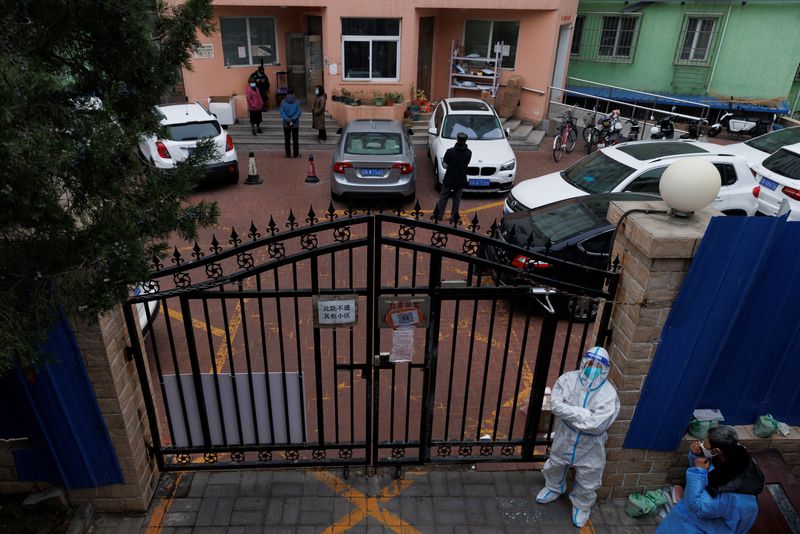Asian stock market falls for the second day
2022.11.21 22:54
[ad_1]

Asian stock market falls for the second day
Budrigannews.com – On Tuesday, a COVID-19 resurgence in China raised concerns that Beijing might reimpose strict pandemic restrictions and that additional restrictions could disrupt supply chains.
The dollar reversed its overnight gains on Tuesday, and oil halted its decline from Monday.
In early trading, the benchmark for China’s stock market fell 0.13 percent while the broader Asia-Pacific index ex-Japan lost 0.25 percent.The benchmark index for Hong Kong fell 1.31 percent.
Japan’s benchmark normal opened up 0.78%, while Australian offers rose 0.55%.
Redmond Wong, Saxo Markets’ Greater China market strategist, stated, “China’s Covid situation is really in the front row for Asia trading.”
Investors are concerned that China may be forced to reimpose strict mobility restrictions and issue stay-and-home orders across cities after Beijing issued a warning on Monday that it was facing its most severe pandemic test.
According to Wong, an increase in cases in manufacturing cities may disrupt the supply chain.
The dollar pared a portion of areas of strength for its benefits on Tuesday after financial backers ran to the place of refuge money on nerves over China’s Coronavirus eruptions, however investigators at the Public Australia Bank (OTC:)questioned whether the dollar’s demand could be sustained.
“Proof U.S. expansion has crested and can fall essentially in 2023, along with China and Europe improvements, persuade us a USD deterioration cycle is currently in train,” they said in a note on Tuesday.
On Tuesday, anticipation of further interest rate increases by the Federal Reserve led to a rise in yields on the majority of maturities of the United States Treasury.The standard went up by six basis points.
A day after Saudi Arabia denied a media report that it was discussing an increase in oil supply with OPEC and its allies, oil prices increased slightly in early Asian trade.
Price Oil of $86.90 per barrel was up 0.30 percent.








